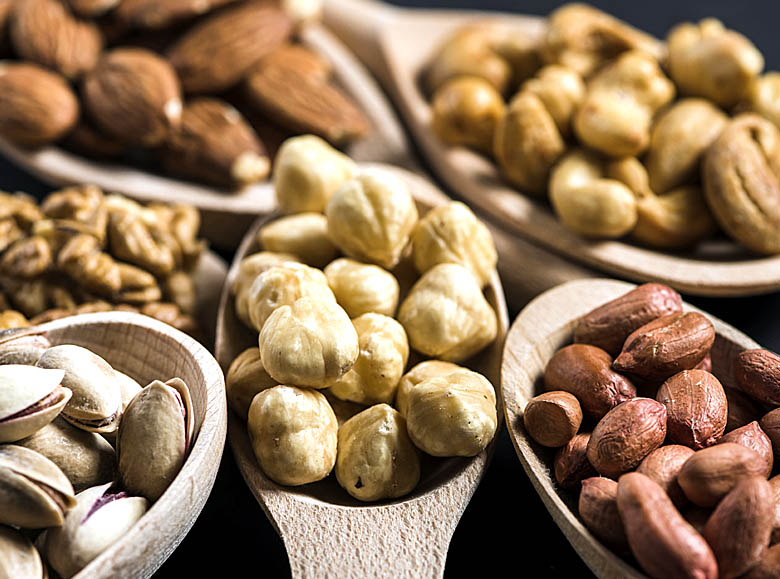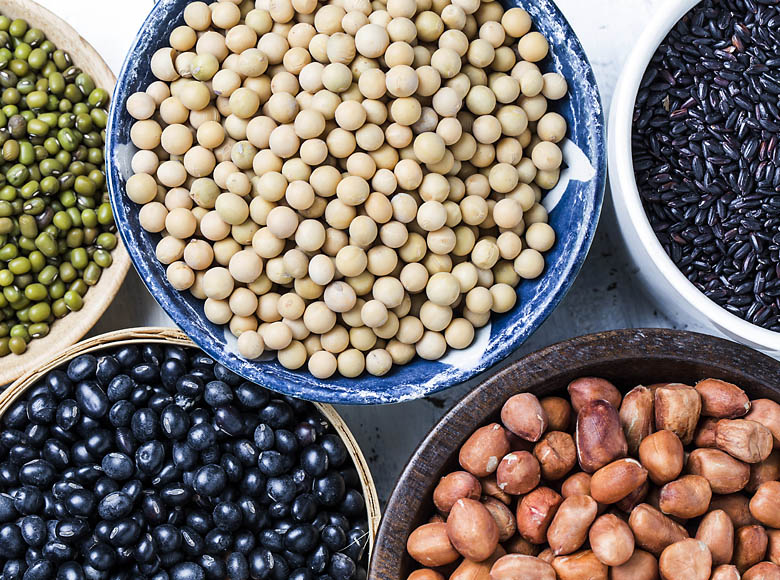
With this type of definition are identified all those types of fruits that, through a process of natural drying (in the sun) or with special dryers, are deprived of most of the water. Incommon use, however, the term dried fruit"; usually refers to nuts, almonds, etc. , which, strictly speaking, are not fruits but seeds. Many fruits and seeds are suitable for preparation in the form of dried fruit, which allows them to be stored well beyond the normal storage period. This process may involve whole fruit or fruit cut into pieces, cubes or even ground.

Fruit drying consists of removing water from the fresh food by evaporation after heating, in order to slow down the degradation process and allow for longer storage. Drying causes some variations from the nutritional point of view: some vitamins present in fresh fruit, for example, suffer a light degradation when exposed to high temperatures while substances such as minerals, fibers and antioxidant compounds are concentrated; for the same weight, moreover, the sugar content is higher. This makes dried fruit a healthy, highly energetic and easy to eat snack.

Legumes are the edible seeds of plants belonging to the family of Leguminous plants. The nutritional value of legumesis primarily represented by the highcontent of proteins of good biological value because they consist of essential amino acids. They are a source of carbohydrates and provide a minimum amount of lipids. They also contain fibre, B vitamins and minerals such as iron, calcium, phosphorus, potassium and magnesium. Dried legumes are anexcellent source of protein, in fact they contain more than cereals and the meat it self. Before cooking, they need a period of soaking in cold water, which is essential for the rehydration of the seed.

The word fruit commonly groups various types of edible fruit. Among these are included some that are not really fruits, such as pome fruits. By the name of exotic fruit we mean fruits that grow in tropical and subtropical countries. For the mass transport of the latter, the refrigerated vessels on which the CA technique (atmosphere control) is applied are used. In this way, the products can be collected even more mature. About the storage temperature: most of the exotic fruit is sensitive to cold and, therefore, reacts badly to temperatures below 10 ° C.

